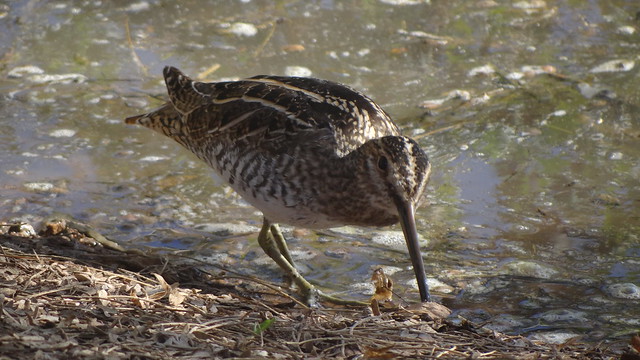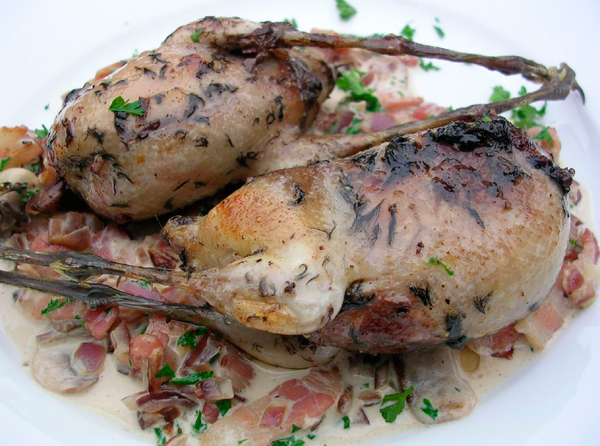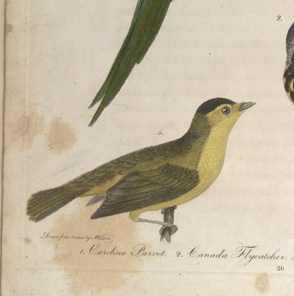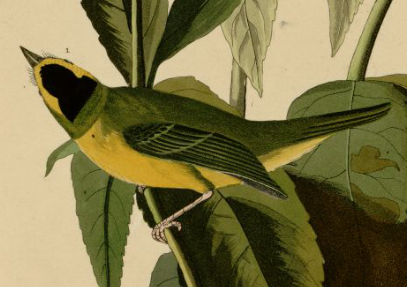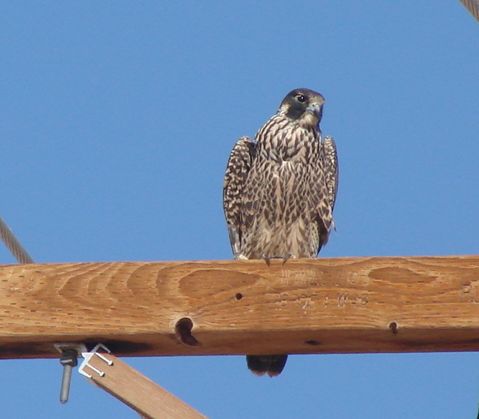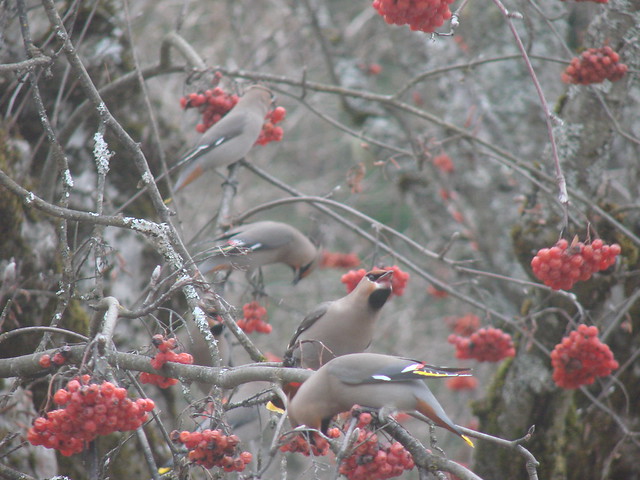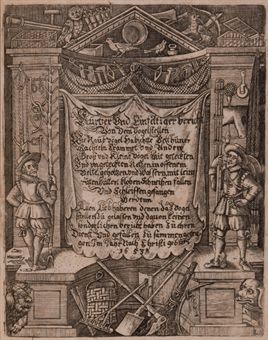It’s here, at long last, the second edition of David Sibley’s Birds. Over at Birding, we plan to publish an evaluation next month by one of the best bird illustrators on the continent — but I have a suspicion already that The New Sibley is going to do just fine, thank you, even independent of all the laudatory reviews to come.
I’m too busy enjoying the book to review it myself, but I will note that several of the shortcomings of the first edition are remedied here: most of the images are larger, there is much more information about habits and habitat, and a hundred new species — rarities and local specialties — have been added. The design of the page has been loosened up, with fewer boxes and horizontal lines, and while the ingenious and instructive four-column layout has been retained, it is visually more open, inviting the eye to move more smoothly across the “spread.”
It’s been pointed out already that just as the first edition’s browns sometimes tended to orange, this edition’s blacks and reds are often very deep. I can see that, most strikingly in the jarringly purple Scarlet Tanager in my copy.
But that doesn’t bother me.
It doesn’t bother me because I don’t look for realism and “accuracy” in field guide illustrations, whether paintings or (much less) photographs. I don’t expect “beauty,” either, though Lars Jonsson spoiled us for a while twenty years ago.
The paintings in the Sibley Guide, in either edition, are to my eye neither realistic nor beautiful. I would not, in other words, offer them to a visiting alien seeking to discover exactly what a Blue Jay looks like, and I would not hang them on my wall just for the sheer visual pleasure. But those same paintings, in both editions, are the most informative, the most instructive, the most useful images of North American birds ever put between two covers.
When I open a field guide, I’m looking not for the mimetic but for the diegetic; I want the images to contribute to an educational moment guided by the artist’s or author’s or narrator’s participation.
This is David Sibley’s genius (a word I rarely use). His paintings, “cartoon-like” in the best sense, not bound by any standards of mere representation, are perfectly suited to illustrate, even to exemplify, the identification techniques the guide propounds.
Even a successful nod in the direction of realism would add nothing, and could even compromise the book’s larger purpose — as it certainly does in Arthur Singer’s paintings for the Golden guide, in many of the paintings in earlier editions of the National Geographic guide, and in almost everything Roger Tory Peterson published after 1947.
Birders’ minds and birders’ eyes are nothing if not flexible, and over time, as we grow more familiar with our references, the pictures somehow come to look more and more like the birds. A good field guide makes that process faster — and this is a great one.



